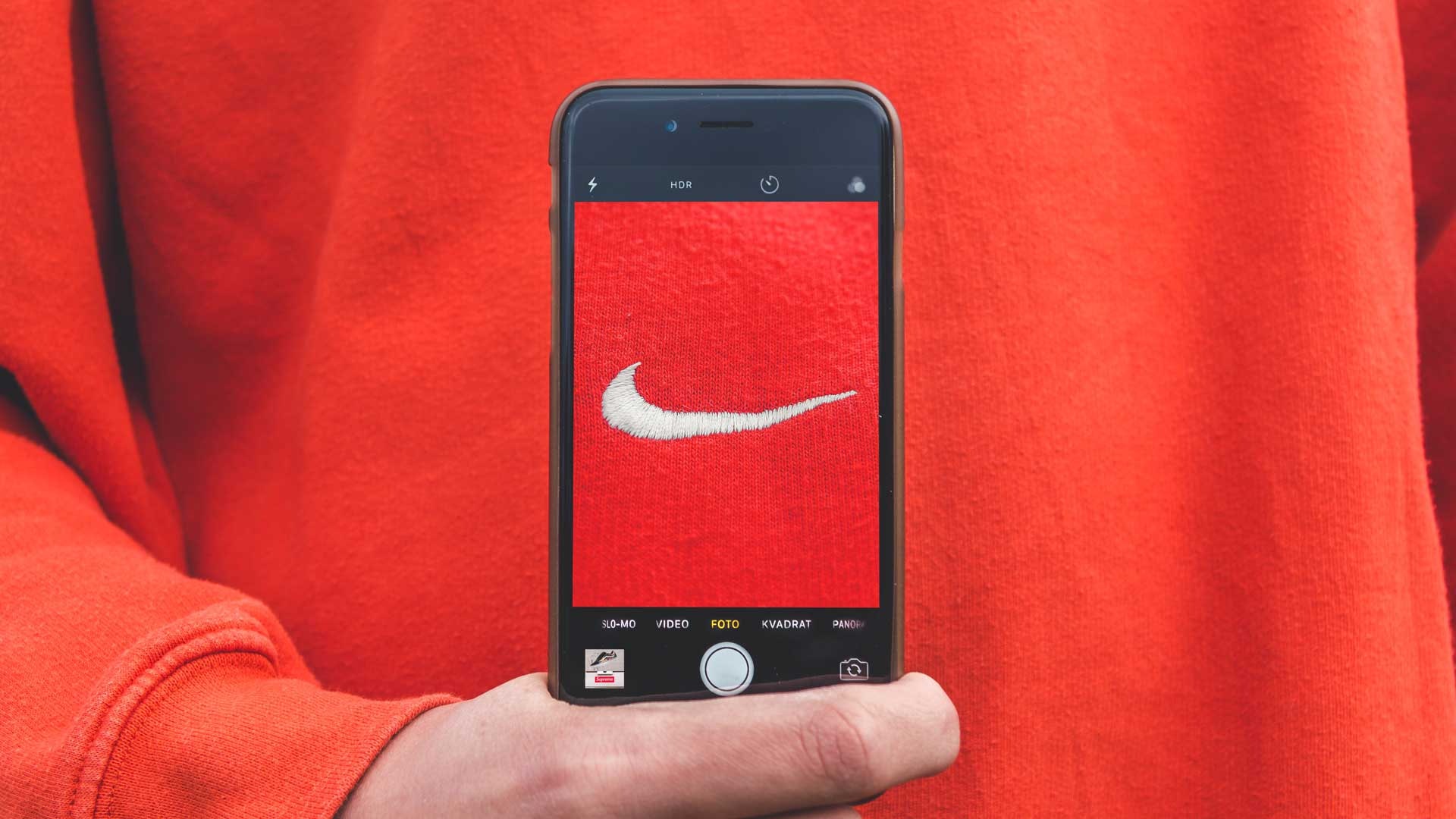I have never understood the age-old marketing philosophical debate of which is more important: brand or demand generation.
To me, the answer seems simple—the most successful companies value both. And I’m not saying that to avoid picking a side. I’m saying it because it’s true. Your brand promise is what creates customer advocates and brand loyalty. In turn, customer advocates help drive demand. They’re really just two sides of the same coin.
If your business objectives are to attract customers and make more money, then you need to do the following:
- Get in front of your target audiences and convince them to love—and remember—your brand.
- Get in front of your target audiences and convince them that your products, services, and solutions are the best choice.
Okay, so I may be over-simplifying it. Let’s break it down.
Why the Brand vs. Demand Gen Argument Exists
Earlier I mentioned that I didn’t quite fully grasp why this argument exists. Or at least, why marketers talk brand or demand generation, and not both.
In reality, it’s just a matter of which one you lean into more. On one hand, demand generation is a short-term play. Bring in a ton of leads. Optimize conversions to improve campaign or site performance. Etc.
When we think of demand generation, we typically think of the scrappy growth marketer. This type of marketer might tell the designer to make the discount size bigger because the larger the discount, the better the conversion rate.
On the other hand, you might lean toward the long-term, brand-focused approach. In this realm, you could be investing in improving your brand’s aesthetic, or even running large-scale brand awareness campaigns. In this situation, the designer might push back against the growth marketer when they ask for a larger discount size, arguing that “it’s bad for the brand.”
Sometimes, companies start off generating demand and then really hone in on their brand once they feel like they have steady business coming in. Other times, it’s the opposite, and companies take off because they find a cult following that loves what the business stands for.
Either way, let’s walk through the case for both.
Building the Case for a Brand-Heavy Strategy
I simply cannot stress enough the importance of having a positive brand sentiment. Negative social sentiment around your brand can have serious business implications. If your prospects don’t know who you are and what you have to offer, and if your messaging does not resonate well with them, then it doesn’t matter what other marketing efforts you’re allocating budget towards. If people don’t like your brand, they are far less likely to buy from you (or buy from you again).
That said, if your business is new to the market, consider allocating some of your budget to the brand side of your marketing strategy, at least initially to think about the future success of your business. While demand generation may bring in short-term revenue, brand is really what creates long-term value. And, to quote one of the greats…
At the end of the day people won’t remember what you said or did, they will remember how you made them feel.
Maya Angelou
Okay, so ensure your brand comes across in your marketing efforts. But what does that even look like?
First, you’ll have to take the time and really think about who you are, what you stand for, and why you exist. Once you have that part down, spreading brand awareness is all about reaching a wide audience. In the marketing world, this means targeting the top of the funnel with engaging and often visual content. Other ideas include social media, blogs and website content, video, and influencer marketing programs.
Building the Case for a Demand-Heavy Strategy
It only makes sense to get in front of as many sets of eyes as possible to increase interest in your products and/or services. If your business has a time-sensitive need to generate sales, allocate more of your budget to the demand side of your marketing strategy—at least until things are looking a little more stable and you can start thinking about your brand and the long term.
You can do this by focusing on getting leads into your marketing funnel and converting middle to bottom of the funnel prospects into sales, since these leads are already closer to making a purchasing decision.
Remember, while demand generation generates sales in the short term, building a brand can provide tremendous value in the long run.
Brand Experiences and Demand Generation—Two Sides of the Same Coin
So, as you can see, there is a time and place to weigh your budgets more heavily in either brand- or demand-specific efforts, but focusing on both is truly the only sustainable marketing strategy. Consider the entire marketing and sales funnel, from awareness to consideration to purchase, but also think about what success looks like in the next month, year, and decade going forward.
So it shouldn’t be brand vs. demand generation—the only way to go is to grow both sides together.





